Year 6
The proficiency strands understanding, fluency, problem-solving and reasoning are an integral part of mathematics content across the three content strands: number and algebra, measurement and geometry, and statistics and probability. The proficiencies reinforce the significance of working mathematically within the content and describe how the content is explored or developed. They provide the language to build in the developmental aspects of the learning of mathematics. The achievement standards reflect the content and encompass the proficiencies.
At this year level:
- understanding includes describing properties of different sets of numbers, using fractions and decimals to describe probabilities, representing fractions and decimals in various ways and describing connections between them, and making reasonable estimations
- fluency includes representing integers on a number line, calculating simple percentages, using brackets appropriately, converting between fractions and decimals, using operations with fractions, decimals and percentages, measuring using metric units and interpreting timetables
- problem-solving includes formulating and solving authentic problems using fractions, decimals, percentages and measurements, interpreting secondary data displays and finding the size of unknown angles
- reasoning includes explaining mental strategies for performing calculations, describing results for continuing number sequences, explaining the transformation of one shape into another and explaining why the actual results of chance experiments may differ from expected results.
(source: www.australiancurriculum.edu.au)
Achievement Standard
By the end of Year 6, students recognise the properties of prime, composite, square and triangular numbers. They describe the use of integers in everyday contexts. They solve problems involving all four operations with whole numbers. Students connect fractions, decimals and percentages as different representations of the same number. They solve problems involving the addition and subtraction of related fractions. Students make connections between the powers of 10 and the multiplication and division of decimals. They describe rules used in sequences involving whole numbers, fractions and decimals. Students connect decimal representations to the metric system and choose appropriate units of measurement to perform a calculation. They make connections between capacity and volume. They solve problems involving length and area. They interpret timetables. Students describe combinations of transformations. They solve problems using the properties of angles. Students compare observed and expected frequencies. They interpret and compare a variety of data displays including those displays for two categorical variables. They interpret secondary data displayed in the media.
Students locate fractions and integers on a number line. They calculate a simple fraction of a quantity. They add, subtract and multiply decimals and divide decimals where the result is rational. Students calculate common percentage discounts on sale items. They write correct number sentences using brackets and order of operations. Students locate an ordered pair in any one of the four quadrants on the Cartesian plane. They construct simple prisms and pyramids. Students describe probabilities using simple fractions, decimals and percentages.
(source: www.australiancurriculum.edu.au)
- Plus Plan

Multi-Step Word Problem Cards (Division and Multiplication) - Year 5-6
Solve multi-step multiplication and long division word problems with a set of printable maths task cards.
- Plus Plan
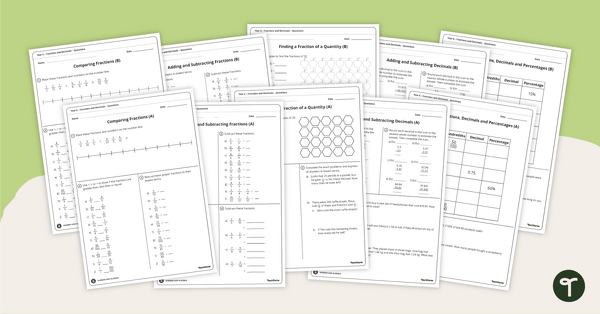
Year 6 Fractions, Decimals and Percentages Worksheets
Use these fractions, decimals and percentages worksheets in your Year 6 classroom for independent practice or as an assessment activity.
- Free Plan
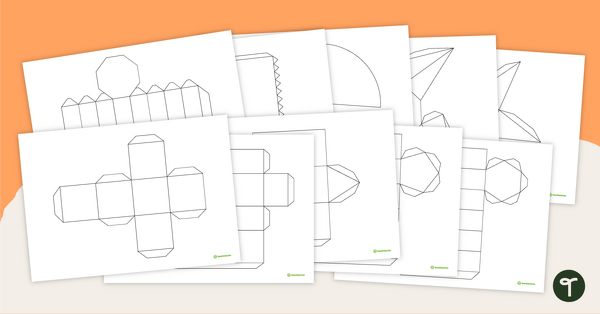
Nets of 3D Objects
Create a variety of 3D shapes with this comprehensive set of net templates.
- Free Plan
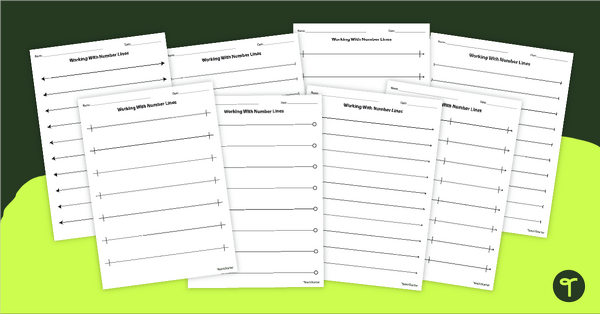
Blank Number Lines - Printable
Print a set of open number lines to help you teach a variety of maths skills.
- Plus Plan
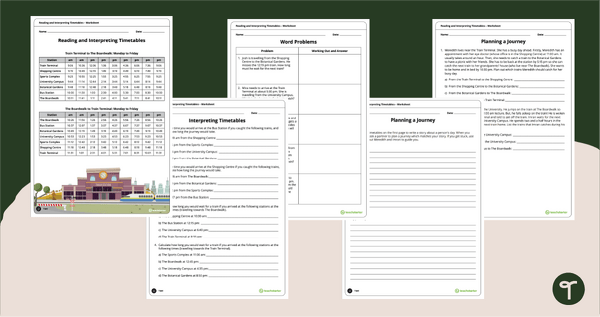
Reading and Interpreting Timetables Worksheets
Five pages of worksheets that allow students to work on reading and interpreting timetables.
- Plus Plan

Adding and Subtracting Fractions Worksheets
Three worksheets to use when teaching your students how to add and subtract fractions.
- Plus Plan

Types of Angles Poster Pack
Remind your students about the most common types of angles with this set of six classroom posters.
- Plus Plan

Converting Units of Length – Worksheet
Connect decimal representation while converting units of length with this worksheet.
- Plus Plan
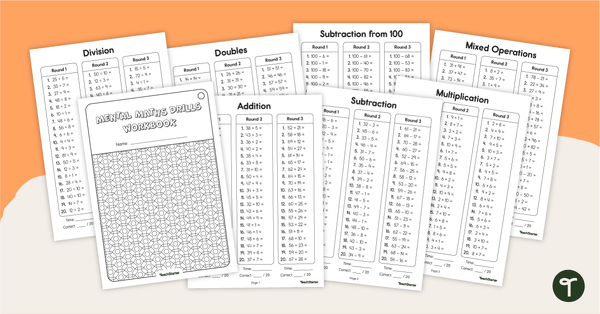
Year 6 Mental Maths Drills Workbook
Incorporate this mental maths drills booklet into your maths lesson warm-up routine.
- Plus Plan
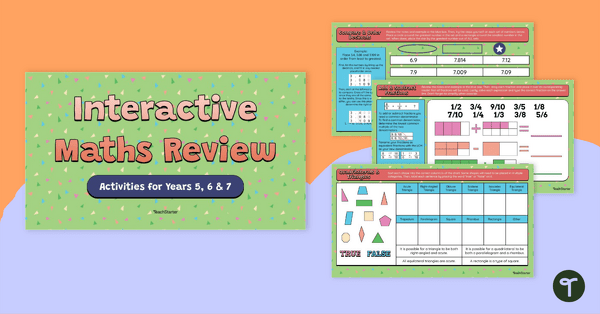
Interactive Maths Review – Activities for Years 5, 6 and 7
Review important maths concepts covered in years 5, 6 and 7 with a student-led interactive activity.
- Plus Plan
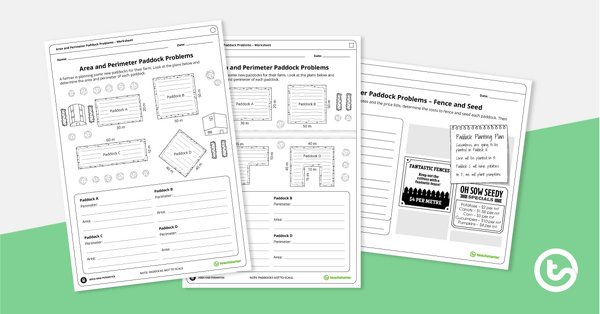
Area and Perimeter Paddock Problems – Worksheets
A set of differentiated area and perimeter worksheets.
- Plus Plan
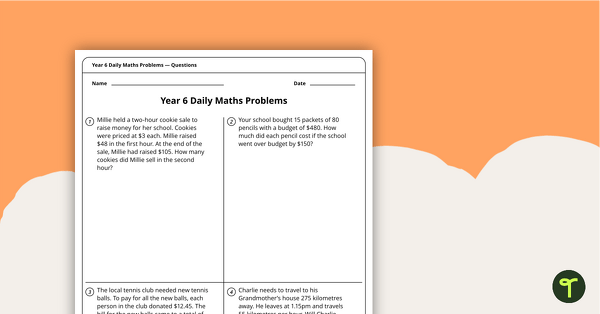
Daily Maths Word Problems - Year 6 (Worksheets)
A set of 20 problem-solving questions suited to year 6 students.
- Plus Plan
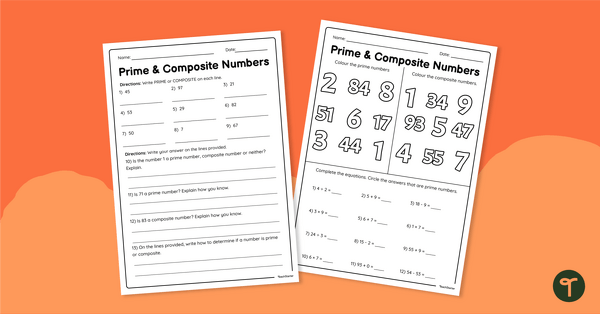
Identifying Prime and Composite Numbers – Worksheet
Use understanding of factors to identify composite and prime numbers with this worksheet.
- Free Plan
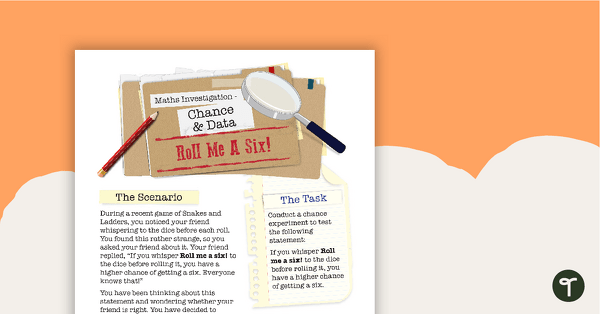
Chance and Data Maths Investigation - Roll Me a Six!
A mathematics investigation involving chance and data, embedded in a real-world context.
- Plus Plan
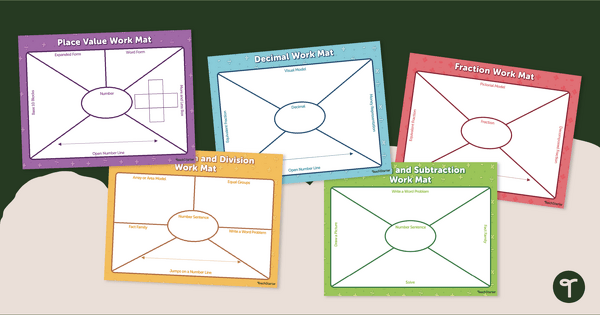
Printable Maths Mats - Graphic Organisers
Practice working on specific math concepts with our set of 5 printable math graphic organisers.
- Plus Plan
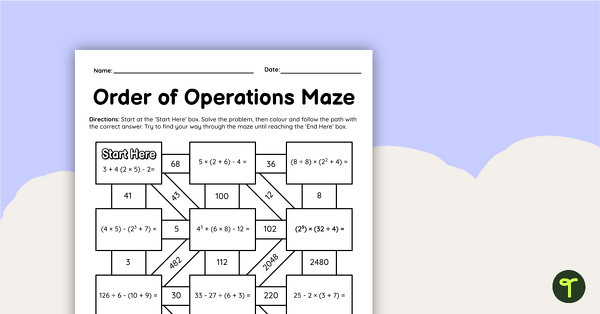
Order of Operations – Maths Maze
Evaluate numerical expressions using the order of operations with this math maze!
- Plus Plan
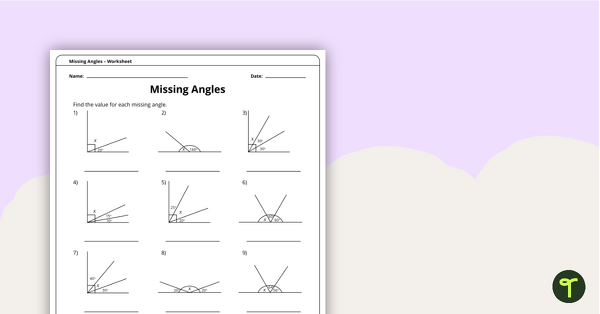
Missing Angles – Year 6 Maths Worksheet
Download this missing angles worksheet to get your students calculating missing angles on right and straight angles.
- Plus Plan
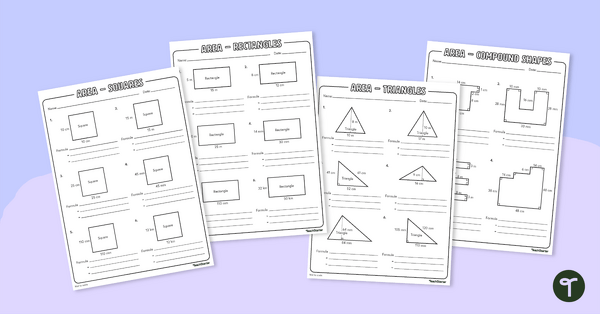
Area Worksheets
4 area worksheets.
- Plus Plan
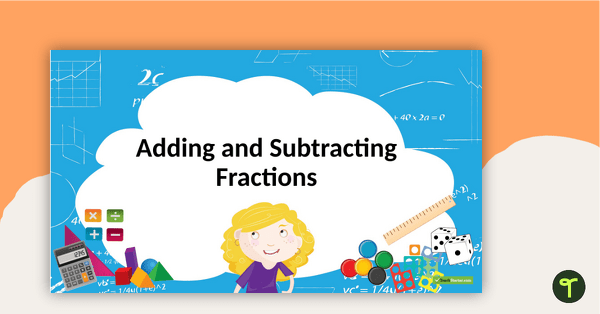
Adding and Subtracting Fractions PowerPoint
A 17 slide editable PowerPoint Template to use when teaching your students how to add and subtract fractions.
- Free Plan
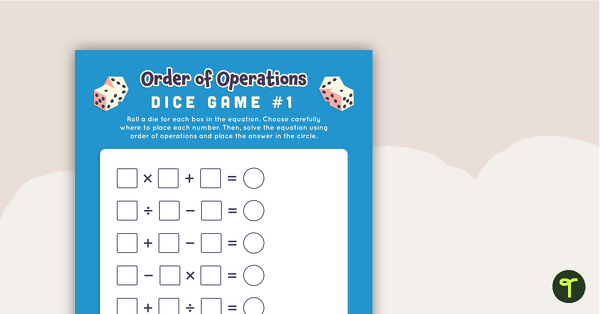
Order of Operations Dice Game
A set of 6 order of operations dice activity mats.
- Free Plan
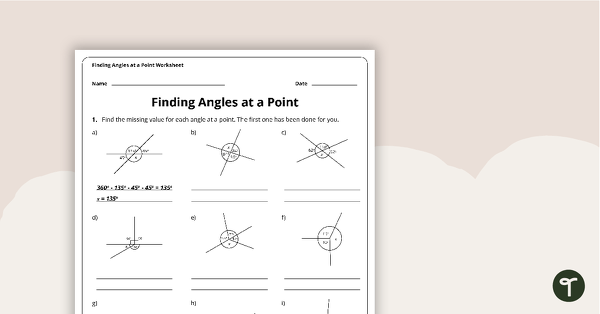
Angles at a Point – Year 6 Maths Worksheet
Identify and calculate angles at a point with this one-page maths worksheet.
- Plus Plan
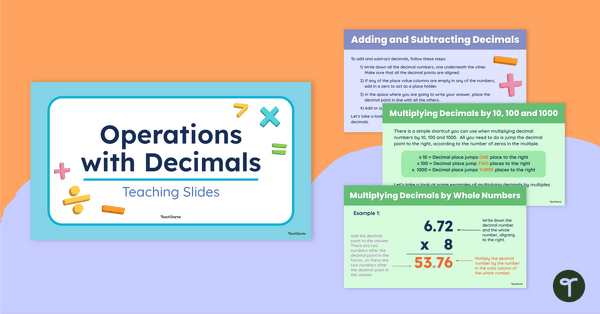
Operations with Decimals Teaching Slides
Teach your students how to add, subtract, multiply and divide using decimal numbers with this comprehensive teaching presentation perfect for upper primary maths lessons.
- Free Plan
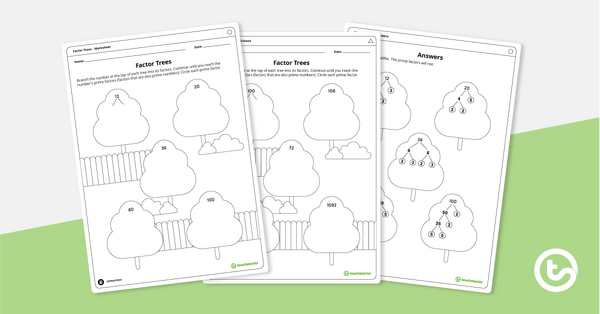
Factor Trees – Worksheet
Find the prime factors of numbers using factor trees with this worksheet.
- Plus Plan
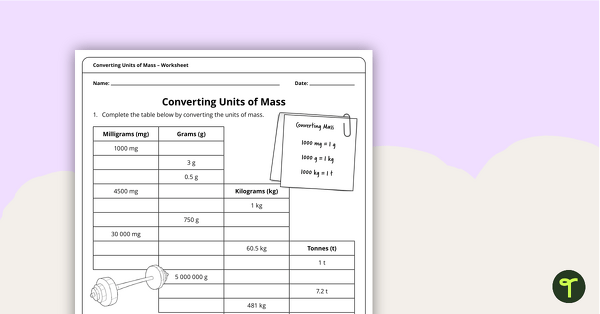
Converting Units of Mass – Worksheet
Convert units of mass including those with decimal representation using this worksheet.
- Plus Plan
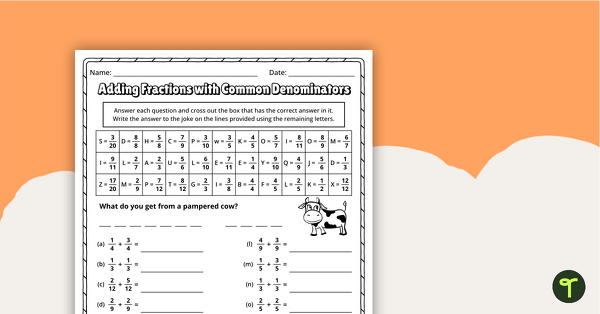
Adding Fractions with Common Denominators Worksheet
A worksheet using fractions with common denominators.
- Plus Plan

Converting Units of Measurement Posters
Use these posters to assist your students to learn and convert the different units of measurement.
- Plus Plan
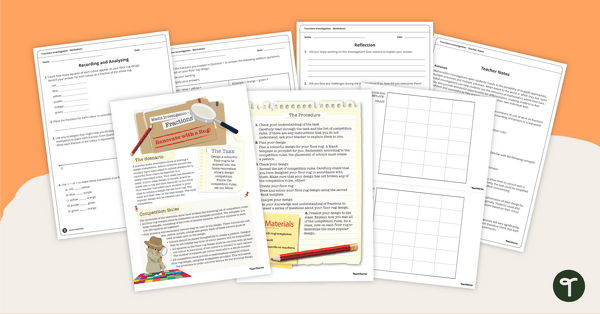
Operations with Fractions Maths Investigation — Renovate with a Rug!
A mathematics investigation about fractions, embedded in a real-world context.
- Plus Plan
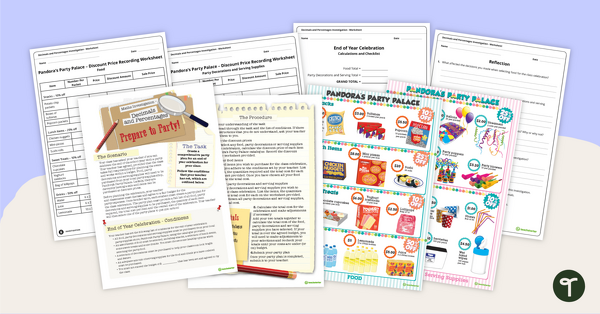
Decimals and Percentages Maths Investigation – Plan a Party!
Get your students connecting their maths knowledge to the real world with this decimals and percentages party planning project.
- Free Plan
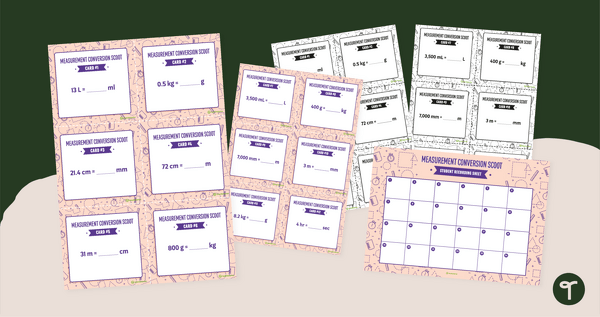
Measurement Conversion Scoot Game
Grab a handy set of 24 measurement conversion task cards to use as a whole class scoot activity.
- Plus Plan
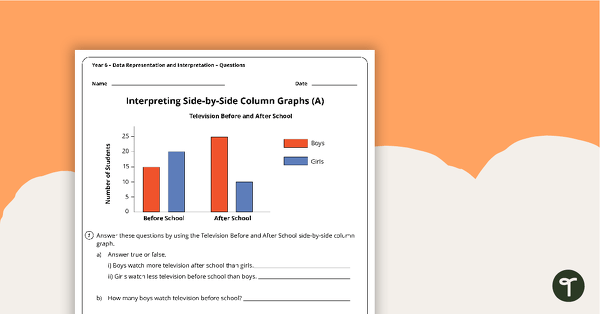
Data Representation and Interpretation Worksheets - Year 6
8 data representation and interpretation worksheets linked to the Australian Curriculum.
- Free Plan
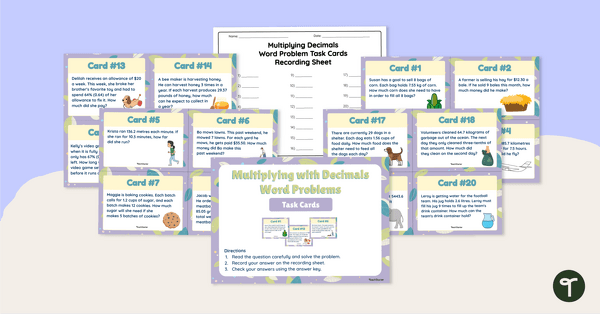
Multiplying Decimals – Word Problem Task Cards
Solve a variety of word problems by multiplying decimals with this set of 24 task cards.
- Plus Plan
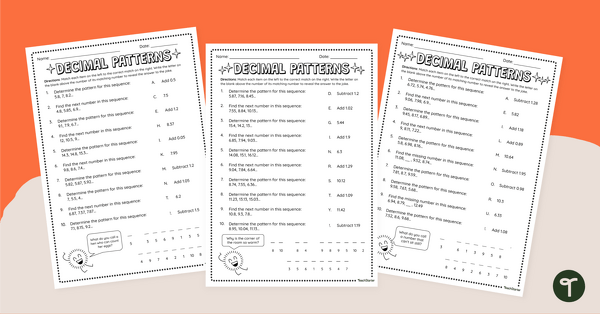
Decimal Number Patterns – Differentiated Worksheets
Practise determining a pattern and next value in a numerical sequence of decimals to the hundredths place.